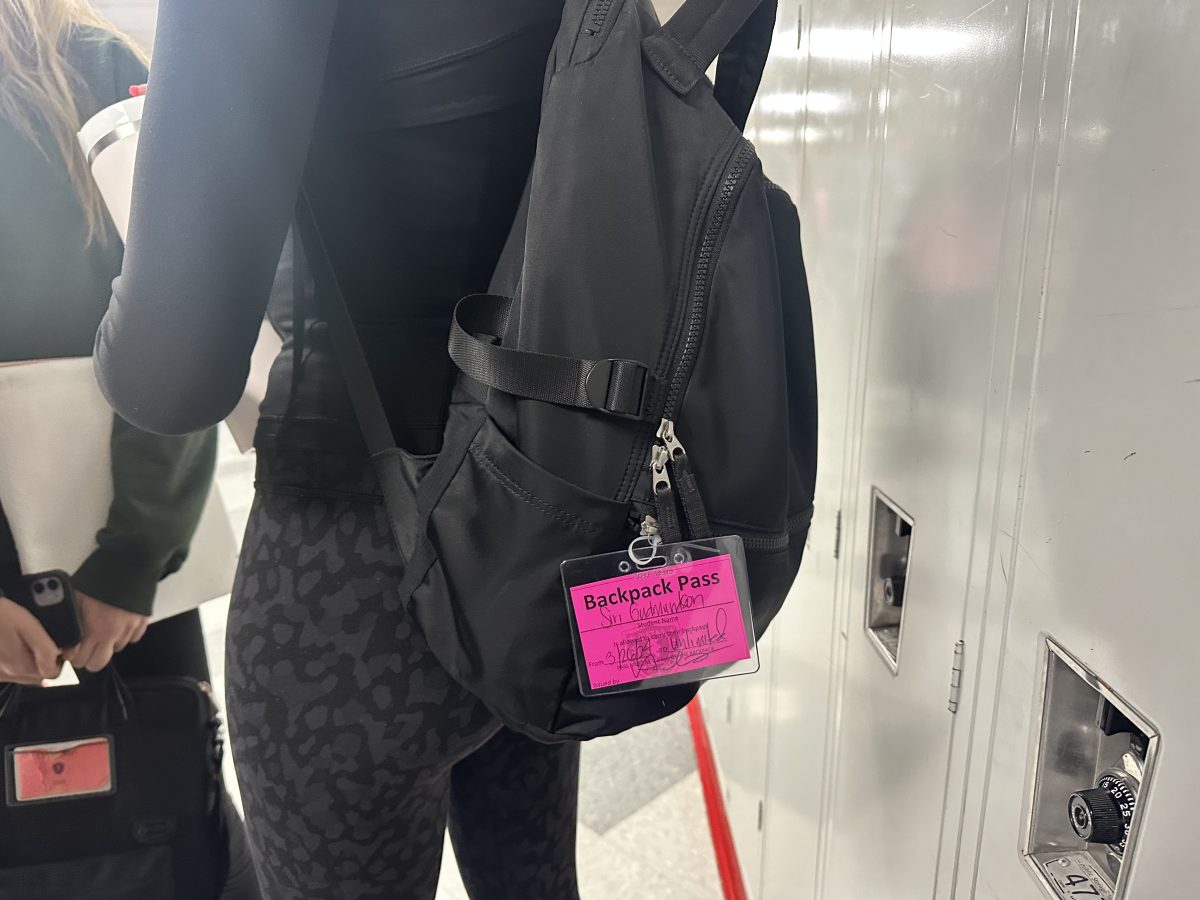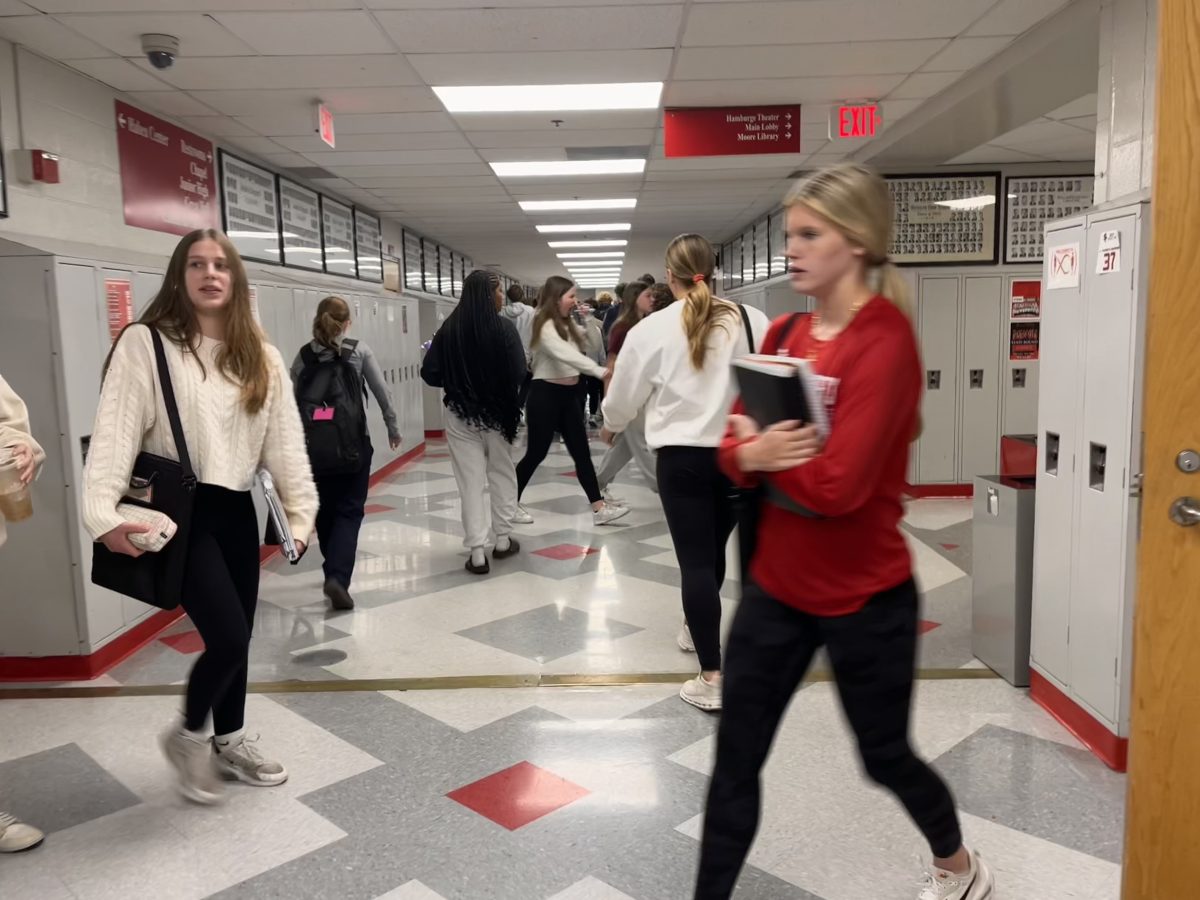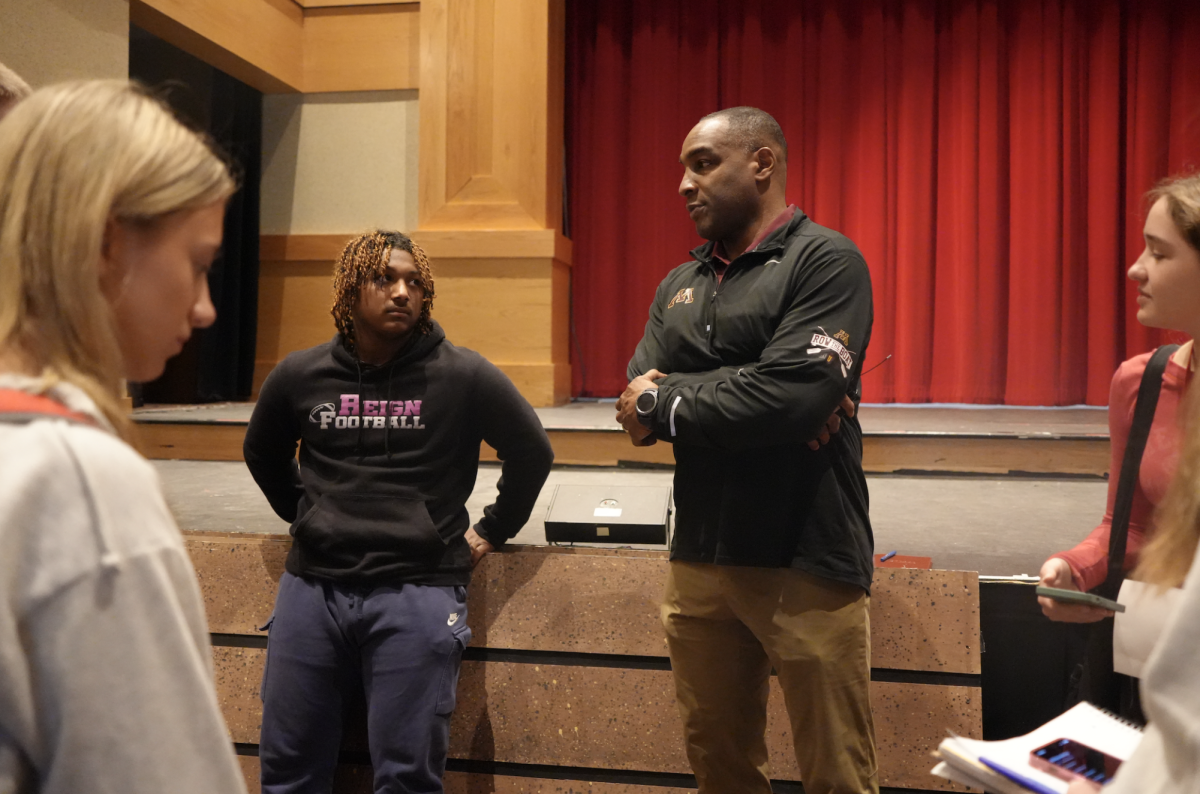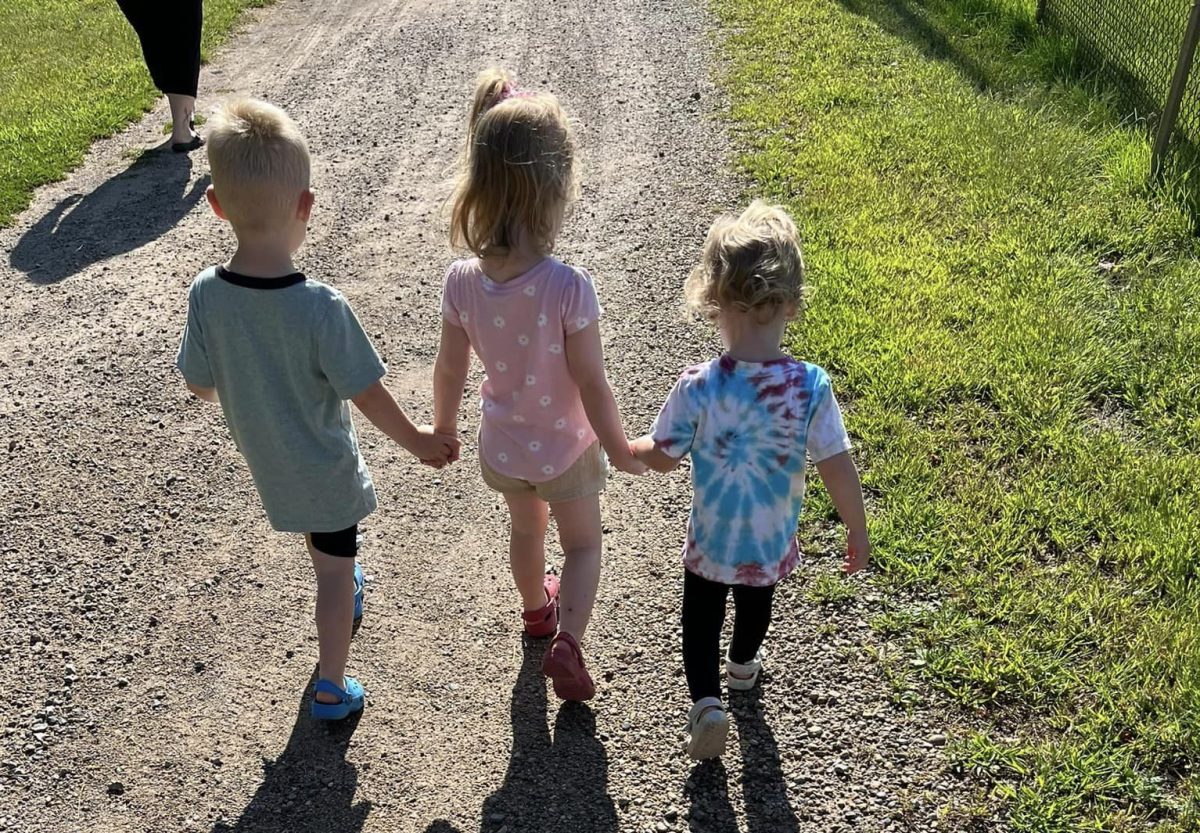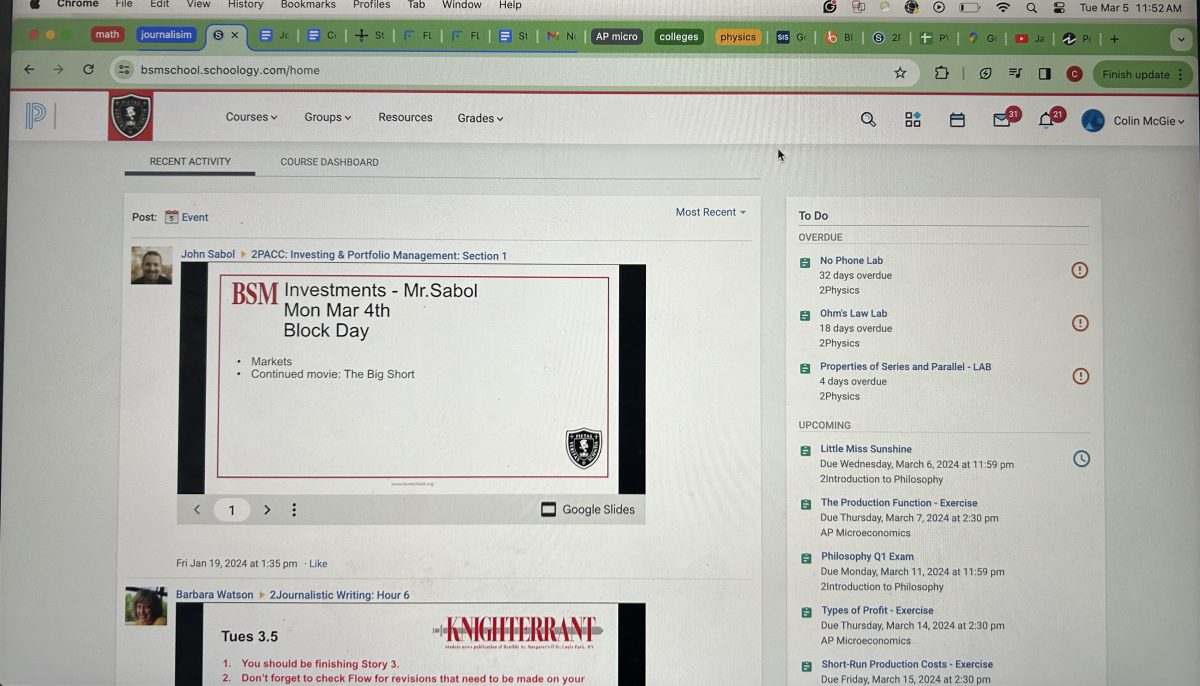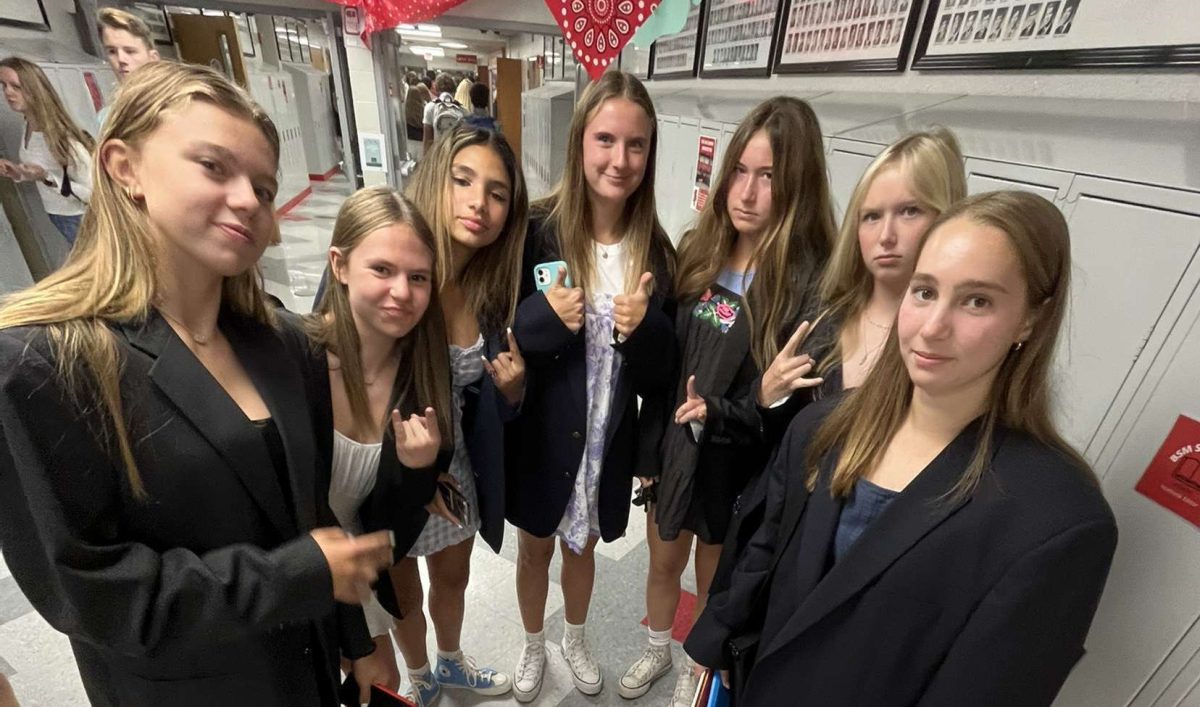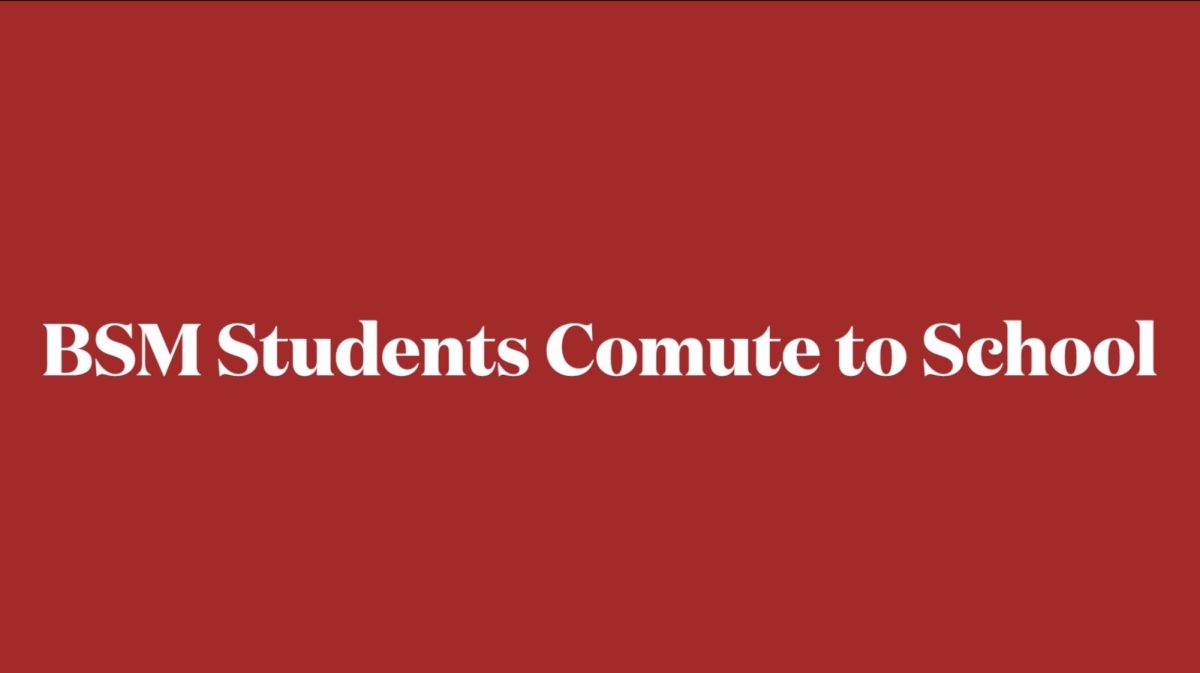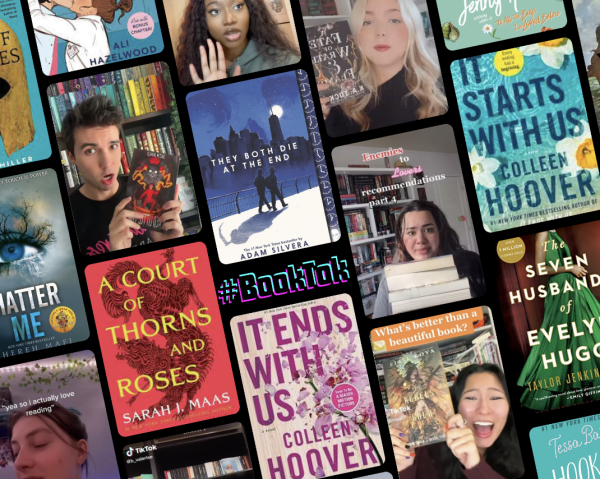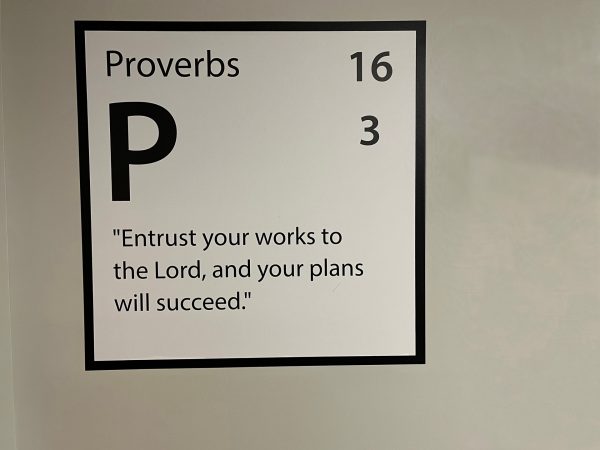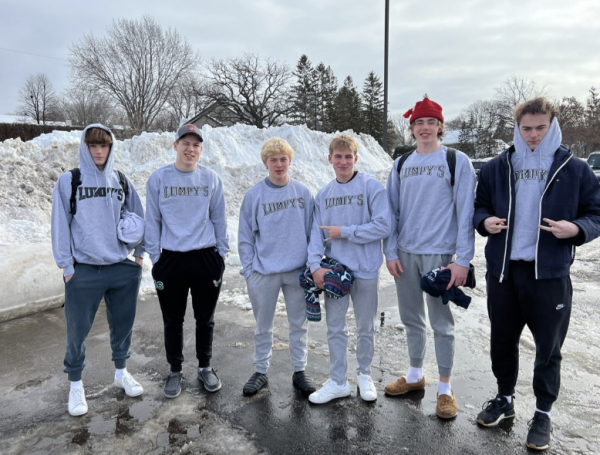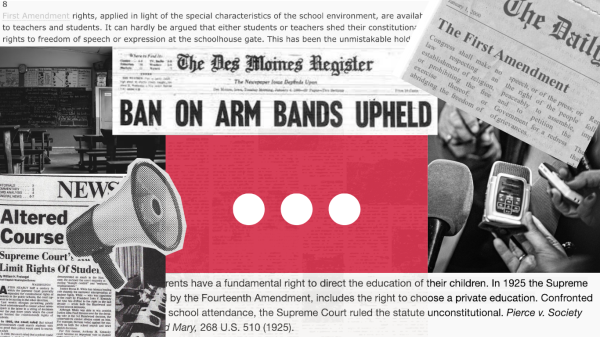What happened: the growing indifference students have towards drugs
The Knight Errant set out to write this center spread on drug use at BSM and attitudes towards it. What we found surprised us: students didn’t seem to care. That’s not to say that BSM’s halls are filled with hardened drug users, but rather filled with a population ambivalent to substance abuse. It’s not that there’s a majority of abusers, but rather a minority of students fervently opposed to illegal drug use.

Many students view use as a fact of high school, an immutable and unchangeable facet of growing up. The pubescent voice-cracked commitments to “never do drugs” in freshman health class fade into shrugs and, “eh, it happens.” The unthinkable idea of having friends who smoke becomes thinkable, possible, and probable. You had a pre-planned intervention ready just in case a friend strayed down the wrong path, now you offer to be the designated driver.
“No one thinks doing drugs is bad anymore. It just has become the norm,” said junior Harrison Brink, who is part of a seemingly shrinking minority––students who vocally oppose drug use. “Freshman year everyone thought if you smoked you’re a bad kid, and now everyone thinks it’s totally normal.”
So what happened?
“When you look at use it tends to increase starting sophomore year probably due to driving and the student having more independence and exposure to drug use. Just like adults, some students may turn to drugs to deal with stress or depression,” said health teacher Ms. Alisa May. To many freshmen, the harrowing accounts of drug use prevent the topic from entering their lives… until they get invited to the first party that their parents don’t have to drive them to. Even then, it feels weird. But after awhile, it happens more and more, and suddenly it’s just not a big deal anymore.
“Freshman year is just the beginning, and you hear about all this bad stuff, but senior year it changes and people are much more comfortable with it by then, because it is just becoming more common.” said sophomore Mattie Gisselbeck.
The administration recognizes this shift as well. “I think that BSM is no different than society as far as attitudes towards drugs. Whatever you find in society you will find here,” said Ms. Mary Andersen.
As a private Catholic school, BSM’s image is typically painted more optimistically than public schools in the area. BSM students are “good kids” hailing from “good families,” and as such, are expected to avoid the temptations of high school substance abuse. This mindset is naïve––even the “best kids” can turn a blind eye to questionable decisions. No one wants to be “that kid,” you know, the one that goes to parties only to proclaim: “Guys, why don’t you put down the bong––I brought Twister!”
Indifference is safe; indifference doesn’t create drama; indifference is easy. “I think unless a student has been personally impacted by drug use that they are indifferent to others’ drug use,” said May.
BSM tries to connect students with people currently dealing with addictions. One method of doing so is bringing in speakers from Minnesota Teen Challenge, a local program that helps free teens from addiction. “Bringing in young students from Teen Challenge who are currently in rehab tends to make the most difference. All of sudden the attitude ‘this can’t happen to me’ diminishes after the speakers come in,” said May.
Health class is not BSM’s sole attempt at preventing use amongst its populace. Knight Life is, at its core, a challenge for students to take an active stance against the high school stereotypes. “The Knight Life group provides an outlet for kids looking for others that have the same values as they do,” said May.
The drug dog’s frequent visits ensure that undesirable activities don’t occur on campus. “Some of the big changes that were made that have changed the [drug] culture include the drug dog and the random searches,” said May. BSM brings in speakers who share their tragedies in the hopes of educating students on the real life consequences of their actions. “We make sure that their are real life examples of the hardships people have experience so you actually see the loss people have had,” said Ms. Nicole Rasmussen.
Obviously, there’s a distinguishable difference between smoking pot and baking meth in the basement of an asbestos-ridden foreclosed home: being an irredeemable delinquent is not a direct side effect of experimentation. Many off-ramps line the road to chemical addiction, and BSM does its best to make sure that we’re aware of them. “Typically we choose to work with the student on a first offense. People make mistakes and need a chance to redeem themselves,” said Andersen.
“There’s a lot to pay, but you still go to school here. We feel very strongly here that you’re learning to manage your own life, so it’s important to take a side by side approach and walk through trouble together… the biggest message is that it doesn’t define you,” said Andersen.


